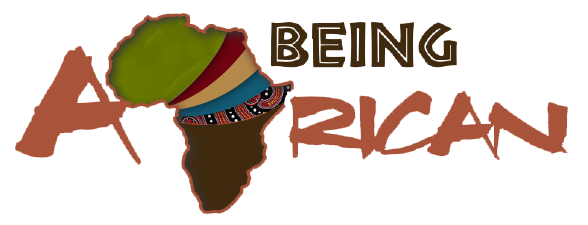Lhomwe Frequently Asked Questions
Lhomwe Marriage Customs Frequently Asked Questions
Who is the ankhoswe?
The ankhoswe is the maternal uncle of the bride or the groom. Since the Lhomwe follows a Matrilineal marriage system, the brother or male cousin to the bride’s mother or groom takes the role of the ankhoswe. In rare cases, a maternal aunt to the groom or the bride can take the role of ankhoswe.
What is the Role of the ankhoswe for the Groom?
The groom’s ankhoswe informs the groom’s parents of his intention to marry. He then takes the responsibility of asking for a hand in marriage from the bride’s ankhoswe on behalf of his nephew.
What is the Role of the ankhoswe for the Bride?
The bride’s ankhoswe discusses the marriage proposal with the groom’s ankhoswe. The ankhoswe does not give response to the proposal but consults the bride for her consent. Once she gives consent, the bride’s ankhoswe invites the groom’s ankhoswe to further discuss the proposal. Once the marriage proposal is accepted, the ankhoswe takes the role of making arrangements for the wedding.
In addition, the ankhoswe acts as a marriage counsellor and mediator for the newlyweds. The ankhoswe is responsible for addressing any conflict that arises in this marriage with the help of the accompanying relatives.
What are the qualities of ankhoswe
Eloquent
Mature
Whose marriage leads by example
Affluent with culture
Do the Lhomwe pay or receive the bride price?
No, but the guests shower the newlyweds with gifts and money (it should be noted that this money is not regarded as the bride price)
What is needed for Chinkhoswe?
One live rooster brought by the groom’s ankhoswe
One live pullet brought by the bride’s ankhoswe
One roasted full chicken
gifts
What is the significance of the Chickens?
The ankhoswe exchange the chickens to show the union and their new responsibility on the added member to the clan.
The roasted chicken is shared among the accompanying relatives; this symbolizes a shared responsibility over the newlyweds.
Who are the people involved in the Chinkhoswe ceremony?
The bride
The groom
The bride’s parents
The groom’s parents
The bride’s parents
The bride’s ankhoswe and accompanying relatives
The groom’s ankhoswe and the accompanying relatives
Key Role of the accompanying relatives
To bear witness to the union between the bride and the groom
To counsel the newlyweds on how
Do the parents take any role during the Chinkhoswe
The parents are not involved in any negotiations between the two families. In case they have a say in the marriage of their children, they address it through the ankhoswe.
Who bears the cost of the Chinkhoswe?
Both parties share the cost of the Chinkhoswe but in most cases the groom and his relatives make a bigger contribution to the Chinkhoswe as well as the church wedding.
Chinkhoswe Traditional Customs explained step by step
Step 1: Kupepa Ukwati (Asking for a Hand in Marriage/Marriage Proposal)
The man’s ankhoswe is tasked to approach the woman’s ankhoswe and ask for a hand in marriage. The woman’s ankhoswe asks the woman if she consents to the marriage proposal. Once the woman gives her consent, her ankhoswe informs the man’s ankhoswe about the decision. The man’s ankhoswe together with the woman’s ankhoswe set a date for the Chinkhoswe.
Step 2: Chinkhoswe
On the day of the Chinkhoswe, the ankhoswe takes the groom to the woman’s village or her parent’s residence in the company of other relatives. They carry with them a live rooster and other gifts they see fit. They are welcomed by the bride’s ankhoswe and the bride’s relatives.
The groom’s ankhoswe then introduces the groom to the bride’s ankhoswe, the bride’s parents and the bride’s relatives. The bride’s relative also introduces the bride’s parents and the bride’s relatives that are present. The bride’s ankhoswe then bring forth a pullet which represents the bride; then they exchange it with the rooster that was brought by the groom’s ankhoswe.
A roasted full chicken is then given to the ankhoswe for the groom and the bride; the ankhoswe then share the chicken in half. Each ankhoswe shares their half with their relatives to eat; this represents a shared responsibility over affairs concerning the new marriage. The accompanying relatives then counsel the bride and the groom on how best they can live as husband and wife; their expected roles and how they can relate with their relatives and the people in the community. Festivities then follow which are characterized by eating, drinking, singing and dancing. The newlyweds are showered with money and other gifts.
What are the agreements in case of Intermarriages?
Each clan make adjustments that they see fit to accommodate the tradition marriage customs of the other party. The ankhoswe negotiate with the other party on which tradition customs they can tolerate at the same time preserving theirs. They make sure that they reach a compromise for the sake of ensuring that the man and the woman marry.
